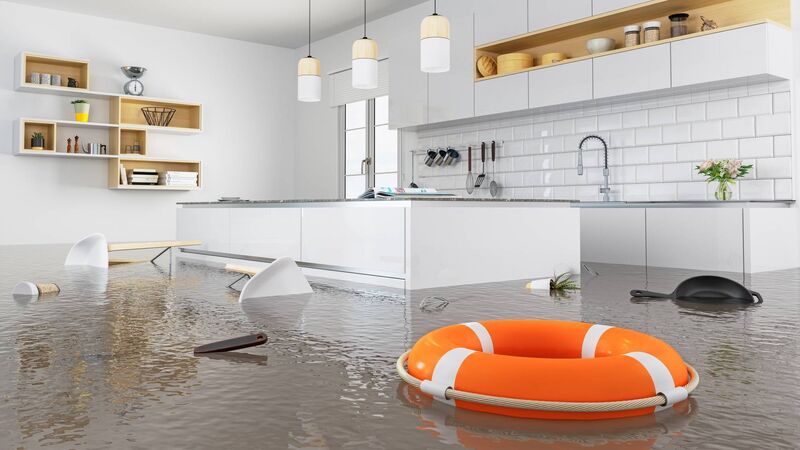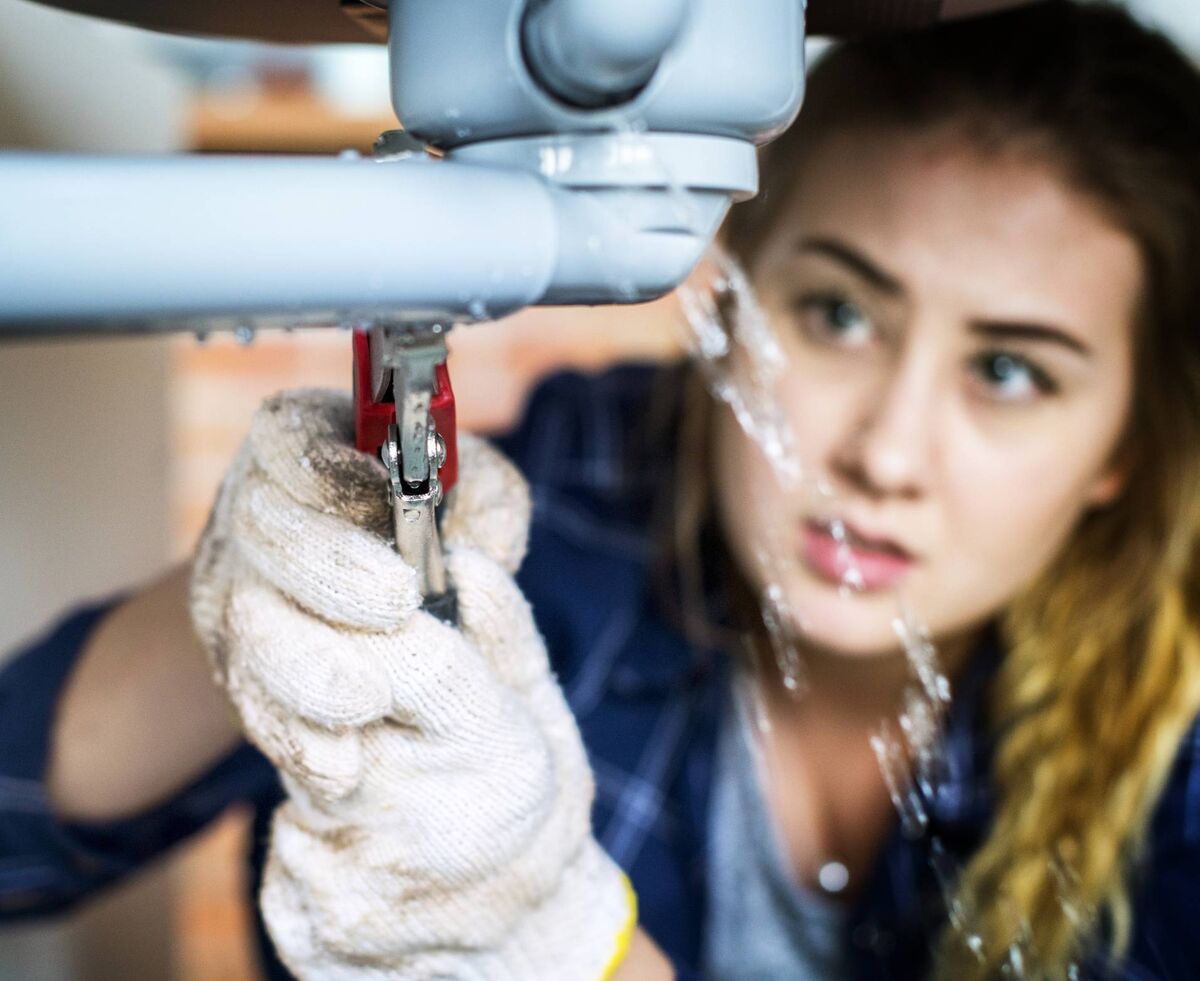What you need to do to guard your home against water leaks

Don't be left in a panic if there's a leak in your house: Now is the time to learn how to turn off the water supply in the event of an emergency. Picture: iStock
Discovering you’ve created your own magnificent Fontana di Trevi, ceiling-high in the kitchen, is a moment of raw panic. It’s a truly terrible time to realise you have no clue where the infinite supply of the wet stuff is coming from. Let’s find out how to go into complete water shut down, now — while the going is good. If you have a leak — a gusher of a leak — the first thing you’ll want to do before even calling the plumber, is to isolate (turn off) the local feed or even the mains water supply, and if possible any stored water feed. A couple of hours of pooling water can lift laminate flooring, drench carpets and wreck MDF kitchen carcasses.
Indoors, there’s generally a principal stopcock (valve) and potentially other isolation valves to various inlet pipes, controlling the mains and stored supply (from tanks). These are all your responsibility to identify and maintain. In an older home a principal mains stopcock indoors could be anywhere from under the kitchen sink (common) to the stair cupboard, to a dim corner of the boiler house.
Some homes have several useful isolation wheel valves or levers to washing machines, dishwashers, sinks and toilets. Have a look at the hoses or pipe-work or ask your plumber to identify and label them for you. Levers go clockwise to OFF. Sometimes you can just turn that one isolation valve to stop a leak immediately at that point in the house, making it easier for the plumber to work on the issue without turning off all your water.
The primary indoor stopcock that turns off all the mains water supply is usually inside the house where the water mains enters. Uisce Eireann advises: “It’s a good idea to ask a neighbour where their stop valve is, as nearby homes usually have them in the same location. You can also check if any extensions, renovations or architectural changes have been completed in the property as this may help to determine where the kitchen or kitchen sinks used to be located.”
Chances are, an older stopcock hasn’t seen much action. It could be seized with internal scale (they don’t rust, so ease up on the WD40) or may have been over-tightened. If you turn off the stopcock and the cold tap in the kitchen still runs — you need a new stopcock fitted. The "off" position is all the way clockwise. Think righty-tighty.
There are a number of ways of gently coaxing the stopcock to turn, but if all else fails, have a new one fitted by your plumber, together with some isolation valves to break up the supply into zones, very handy for future maintenance around the whole house. Every now and then turn the principal stopcock a few millimetres back and forth to keep it limber.

If you don’t know where the ‘gate valves’ are between your attic tank (gravity fed CH) and your plumbing, look for them or ask your plumber. Again, they are isolators which may be needed in an emergency or where you need to drain stored cold and/or hot water. The water in your attic tank (feeding loos and bathroom taps for example) can be dumped out through the baths if needs be, just turn the taps full on and leave the plugs out.
Outdoors, often just outside the boundary, there’s an external shut-off under a small metal or plastic cover marked "water/uisce". The meter and outdoor shut-off is the property of the water board, Uisce Eireann but you should know where it is and be aware of any other properties it controls. If you are advised to turn the mains OFF or just have to do it, out on the road, and it affects your neighbours, let them know immediately, that you are up to your ankles and taking all necessary measures. A modern water meter outside your house should have an easy to operate valve operated by a handle or a blue plastic key (attached).
Lift the cover off the meter by using a flat-head screwdriver winkled into one of the three little holes, and take up the protective foam frost-plug (replace it carefully when you’re finished). Take a look at the whole meter assembly and ensure you can operate the shut-off valve or lever easily as there have been some complaints that supplied keys slip or don’t work at all. Uisce Eireann will fix or replace a faulty valve if needs be, water.ie, 1850 778778.
Keep in mind that if you have a lot of water during a leakage event, you might want to turn off the electricity for complete safety. There’s a trip switch on your meter board. If you have a well and pump, turning off the power will dry up the supply. Leaks are often discreet before they start pooling on the floor or coming down a wall. One step beyond simply managing leaks that you see, is to install something new and smart — a wireless water (leak/humidity) sensor.
This app-connected guardian technology looks like a smoke alarm, and will include a sensor close to the floor in the laundry room, bathroom or in the kitchen — anywhere that a damaging water leak might spring to life while you’re at home or away. Alerting you right away, it gives you a real chance to react with an SMA text or Email recording that odd reading. You can have multi-point systems with alerts for three key-holders (great for holiday homes), it just depends on price.
Some sensors also measure room temperature and humidity and alert you when readings are unusually high or low. Prices from €25 for one unit (domesticpumps.ie). Grohe offers a brilliant if expensive Sense Guard system that can even shut down the water supply automatically if a pipe breaks using a detector and dedicated valve (installed by a professional plumber), grohe.ie for suppliers and package costs. This is a great time of year to do a final check on the lagging of any external water pipes, external taps, attic supply pipes and the attic tank insulation.













